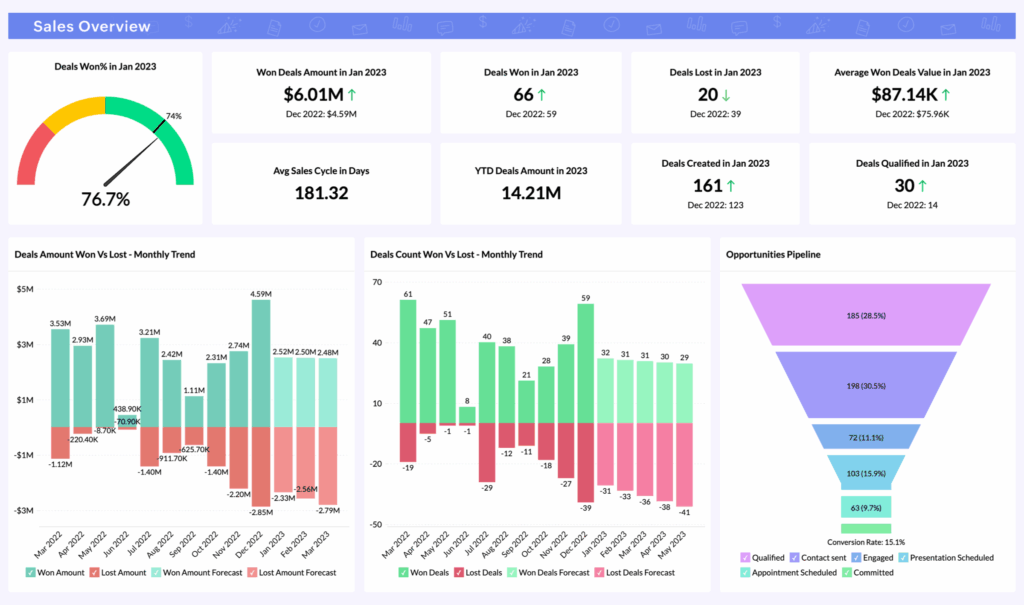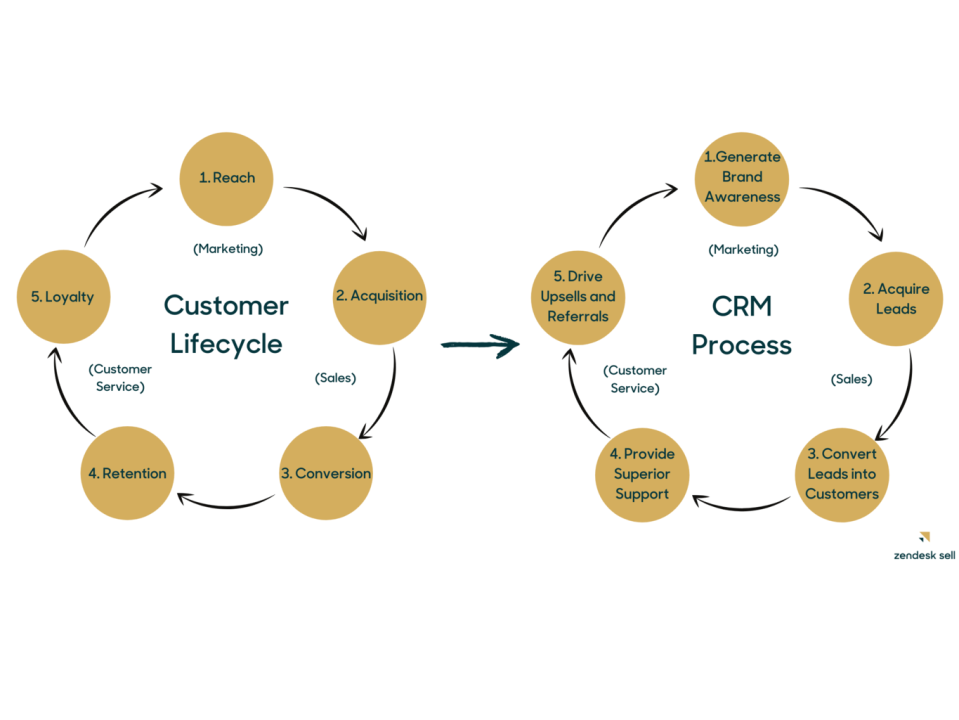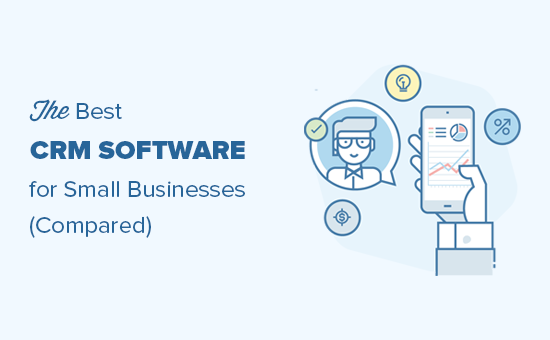
The Transformative Power of CRM Marketing Analytics: A Comprehensive Guide
In today’s hyper-competitive business landscape, understanding your customers is no longer a luxury; it’s a necessity. This is where CRM marketing analytics steps in, acting as a compass guiding businesses toward smarter decisions, enhanced customer experiences, and ultimately, sustainable growth. This comprehensive guide delves deep into the world of CRM marketing analytics, exploring its intricacies, benefits, and practical applications.
What Exactly is CRM Marketing Analytics?
At its core, CRM (Customer Relationship Management) marketing analytics is the process of analyzing data generated within a CRM system to gain insights into customer behavior, marketing campaign performance, and overall business efficiency. It’s about transforming raw data into actionable intelligence that drives strategic decision-making. Think of it as the detective work of the marketing world, where clues (data) are meticulously examined to uncover the truth about your customers and the effectiveness of your marketing efforts.
This goes beyond simply tracking sales figures. CRM marketing analytics involves a holistic approach, considering every touchpoint a customer has with your brand – from initial website visits and email interactions to purchase history and customer service interactions. By analyzing this wealth of information, businesses can gain a 360-degree view of their customers, enabling them to:
- Understand customer preferences and behaviors
- Personalize marketing messages and offers
- Identify potential customer churn
- Optimize marketing campaigns for maximum ROI
- Improve customer service and support
- Forecast future sales and revenue
The Benefits of Implementing CRM Marketing Analytics
The advantages of integrating CRM marketing analytics into your business strategy are numerous and far-reaching. Let’s explore some of the key benefits:
Enhanced Customer Understanding
Perhaps the most significant benefit is the ability to gain a deeper understanding of your customers. By analyzing data on demographics, purchase history, browsing behavior, and interactions with your brand, you can create detailed customer profiles. This allows you to segment your audience effectively, personalize marketing messages, and tailor your products and services to meet their specific needs and preferences. It’s like having a personalized conversation with each customer, knowing exactly what they want and need.
Improved Marketing ROI
CRM marketing analytics empowers you to optimize your marketing campaigns for maximum return on investment (ROI). By tracking key performance indicators (KPIs) such as click-through rates, conversion rates, and cost per acquisition, you can identify which campaigns are performing well and which ones need improvement. This allows you to allocate your marketing budget more efficiently, focusing on the strategies that generate the best results. Say goodbye to wasted marketing spend and hello to a more profitable approach.
Increased Sales and Revenue
By understanding your customers better and optimizing your marketing efforts, you can significantly increase sales and revenue. Personalized marketing messages are more likely to resonate with customers, leading to higher conversion rates. Furthermore, by identifying and targeting high-potential customers, you can focus your sales efforts on the most promising leads. It’s like having a secret weapon that boosts your sales figures.
Improved Customer Retention
Customer retention is crucial for long-term business success. CRM marketing analytics can help you identify customers who are at risk of churning and proactively address their concerns. By analyzing customer behavior and feedback, you can identify areas for improvement in your products, services, or customer service. This proactive approach can significantly increase customer loyalty and reduce churn rates. Keeping your existing customers happy is often easier and more cost-effective than acquiring new ones.
Streamlined Sales Processes
CRM marketing analytics can also streamline your sales processes. By tracking sales activities, lead generation, and conversion rates, you can identify bottlenecks in your sales pipeline and optimize your sales strategies. This can lead to faster sales cycles, increased sales productivity, and higher close rates. It’s like having a well-oiled machine that efficiently converts leads into customers.
Better Decision-Making
Data-driven insights from CRM marketing analytics provide a solid foundation for making informed business decisions. By analyzing trends and patterns in customer behavior, you can make more accurate forecasts, identify new market opportunities, and develop more effective business strategies. It’s like having a crystal ball that helps you anticipate future trends and make proactive decisions.
Key Metrics and KPIs to Track in CRM Marketing Analytics
To effectively leverage CRM marketing analytics, it’s crucial to track the right metrics and KPIs. Here are some of the most important ones:
Customer Acquisition Cost (CAC)
This metric measures the cost of acquiring a new customer. It’s calculated by dividing the total marketing and sales expenses by the number of new customers acquired. Tracking CAC helps you assess the efficiency of your customer acquisition efforts.
Customer Lifetime Value (CLTV)
CLTV estimates the total revenue a customer is expected to generate over the course of their relationship with your business. This metric helps you prioritize customer retention efforts and identify the most valuable customers.
Conversion Rate
Conversion rate measures the percentage of leads that convert into customers. It’s calculated by dividing the number of conversions by the total number of leads. Tracking conversion rates helps you assess the effectiveness of your marketing campaigns and sales processes.
Churn Rate
Churn rate measures the percentage of customers who stop doing business with your company over a specific period. Tracking churn rate helps you identify potential customer attrition and implement strategies to retain customers.
Click-Through Rate (CTR)
CTR measures the percentage of users who click on a specific link or advertisement. It’s calculated by dividing the number of clicks by the number of impressions. Tracking CTR helps you assess the effectiveness of your marketing campaigns and ad copy.
Return on Investment (ROI)
ROI measures the profitability of your marketing campaigns. It’s calculated by dividing the net profit generated by a campaign by the cost of the campaign. Tracking ROI helps you optimize your marketing budget and allocate resources to the most effective campaigns.
Website Traffic
Tracking website traffic provides insights into the effectiveness of your marketing efforts in driving traffic to your website. This includes tracking metrics like sessions, users, page views, and bounce rate.
Lead Generation
Monitoring the number of leads generated through various channels (website forms, landing pages, etc.) helps you assess the effectiveness of your lead generation efforts.
Implementing CRM Marketing Analytics: A Step-by-Step Guide
Implementing CRM marketing analytics can seem daunting, but with a structured approach, it can be a smooth and rewarding process. Here’s a step-by-step guide:
1. Define Your Goals and Objectives
Before you begin, clearly define your goals and objectives. What do you hope to achieve with CRM marketing analytics? Are you looking to increase sales, improve customer retention, or optimize marketing campaigns? Having clear goals will guide your data analysis and help you measure your success.
2. Choose the Right CRM System
Select a CRM system that meets your specific needs and requirements. Consider factors such as features, scalability, integration capabilities, and cost. Make sure the CRM system can collect and store the data you need for your analysis.
3. Integrate Your Data Sources
Integrate your CRM system with other data sources, such as your website analytics platform, email marketing platform, and social media channels. This will give you a more comprehensive view of your customers and their interactions with your brand.
4. Clean and Organize Your Data
Data quality is crucial for accurate analysis. Clean and organize your data to ensure it is consistent, accurate, and complete. This may involve removing duplicate entries, correcting errors, and standardizing data formats.
5. Choose Your Analytics Tools
Select the appropriate analytics tools for your needs. Many CRM systems offer built-in analytics features. You may also consider using third-party analytics platforms that provide more advanced features and reporting capabilities.
6. Analyze Your Data
Dive into your data and start analyzing it. Look for trends, patterns, and insights that can inform your marketing strategies and business decisions. Use data visualization tools to create charts and graphs that help you understand your data more easily.
7. Develop Actionable Insights
Transform your data analysis into actionable insights. Identify specific actions you can take to improve your marketing performance, customer experience, and business results. Don’t just collect data; use it to drive real change.
8. Implement and Test Your Strategies
Implement your new strategies and test them to see how they perform. Track your KPIs and measure the results of your efforts. Make adjustments as needed to optimize your campaigns and achieve your goals.
9. Monitor and Refine
Continuously monitor your data and refine your strategies. CRM marketing analytics is an ongoing process. Regularly review your data, analyze your results, and make adjustments to stay ahead of the curve and maximize your success.
Examples of CRM Marketing Analytics in Action
Let’s explore some real-world examples of how businesses are using CRM marketing analytics to drive results:
Personalized Email Marketing
A retail company uses CRM data to personalize email marketing campaigns. They segment their customer base based on purchase history, browsing behavior, and demographics. They then send targeted emails with product recommendations, special offers, and exclusive content that are relevant to each customer’s interests. This results in higher click-through rates, conversion rates, and revenue.
Predictive Customer Churn Analysis
A subscription-based service uses CRM data to predict customer churn. They analyze customer behavior, such as usage patterns, customer service interactions, and payment history. They then use this data to identify customers who are at risk of churning. They proactively reach out to these customers with special offers, personalized support, and other incentives to retain them. This reduces churn rates and increases customer lifetime value.
Campaign Performance Optimization
A marketing agency uses CRM data to optimize its marketing campaigns. They track key performance indicators (KPIs) such as click-through rates, conversion rates, and cost per acquisition. They then use this data to identify which campaigns are performing well and which ones need improvement. They allocate their marketing budget more efficiently, focusing on the strategies that generate the best results. This leads to higher ROI and increased revenue.
Lead Scoring and Prioritization
A B2B company uses CRM data to score and prioritize leads. They analyze lead behavior, such as website visits, content downloads, and email interactions. They assign a score to each lead based on their engagement level. They then prioritize high-scoring leads for sales outreach. This increases sales productivity and improves close rates.
CRM Marketing Analytics Tools and Platforms
Several CRM systems and analytics platforms are available to help businesses implement CRM marketing analytics. Here are some popular options:
CRM Systems with Built-in Analytics
- Salesforce: A leading CRM platform with robust analytics capabilities.
- HubSpot: A popular CRM platform with built-in marketing automation and analytics features.
- Zoho CRM: A cost-effective CRM platform with a range of analytics features.
- Microsoft Dynamics 365: A comprehensive CRM platform with powerful analytics and reporting capabilities.
Third-Party Analytics Platforms
- Google Analytics: A free web analytics service that provides valuable insights into website traffic and user behavior.
- Tableau: A powerful data visualization and analytics platform.
- Power BI: A business intelligence platform from Microsoft.
- Mixpanel: An analytics platform focused on user behavior and product analytics.
Challenges and Considerations
While CRM marketing analytics offers significant benefits, it’s important to be aware of potential challenges and considerations:
Data Quality
The quality of your data is paramount. Inaccurate or incomplete data can lead to flawed insights and poor decision-making. Invest in data cleaning and organization to ensure data accuracy.
Data Privacy and Security
Protecting customer data is essential. Comply with data privacy regulations such as GDPR and CCPA. Implement robust security measures to protect customer data from unauthorized access and breaches.
Integration Complexity
Integrating your CRM system with other data sources can be complex. Plan your integration strategy carefully and ensure that your systems are compatible.
Lack of Expertise
Implementing and utilizing CRM marketing analytics requires expertise. Consider hiring data analysts or consultants to help you with data analysis and interpretation.
Resistance to Change
Adopting a data-driven approach may require a shift in mindset and culture. Overcome resistance to change by educating your team and demonstrating the value of CRM marketing analytics.
The Future of CRM Marketing Analytics
The future of CRM marketing analytics is bright, with ongoing advancements in technology and data science. Here are some trends to watch:
Artificial Intelligence (AI) and Machine Learning (ML)
AI and ML are transforming CRM marketing analytics. AI-powered tools can automate data analysis, predict customer behavior, and personalize marketing messages. ML algorithms can identify patterns and insights that humans might miss.
Predictive Analytics
Predictive analytics is becoming increasingly important. By using historical data to predict future trends, businesses can make more informed decisions and proactively address customer needs.
Real-time Analytics
Real-time analytics provides immediate insights into customer behavior and campaign performance. This allows businesses to make quick adjustments and optimize their strategies on the fly.
Cross-Channel Analytics
Cross-channel analytics provides a unified view of customer interactions across multiple channels, such as email, social media, and website. This allows businesses to create a more seamless and personalized customer experience.
Conclusion: Embracing the Power of Data
CRM marketing analytics is no longer a trend; it’s a fundamental requirement for success in today’s market. By embracing the power of data, businesses can gain a deeper understanding of their customers, optimize their marketing efforts, and drive sustainable growth. From understanding customer behavior and predicting future sales to personalizing marketing messages and improving customer retention, the possibilities are endless. Start your journey into the world of CRM marketing analytics today and unlock the potential to transform your business.


